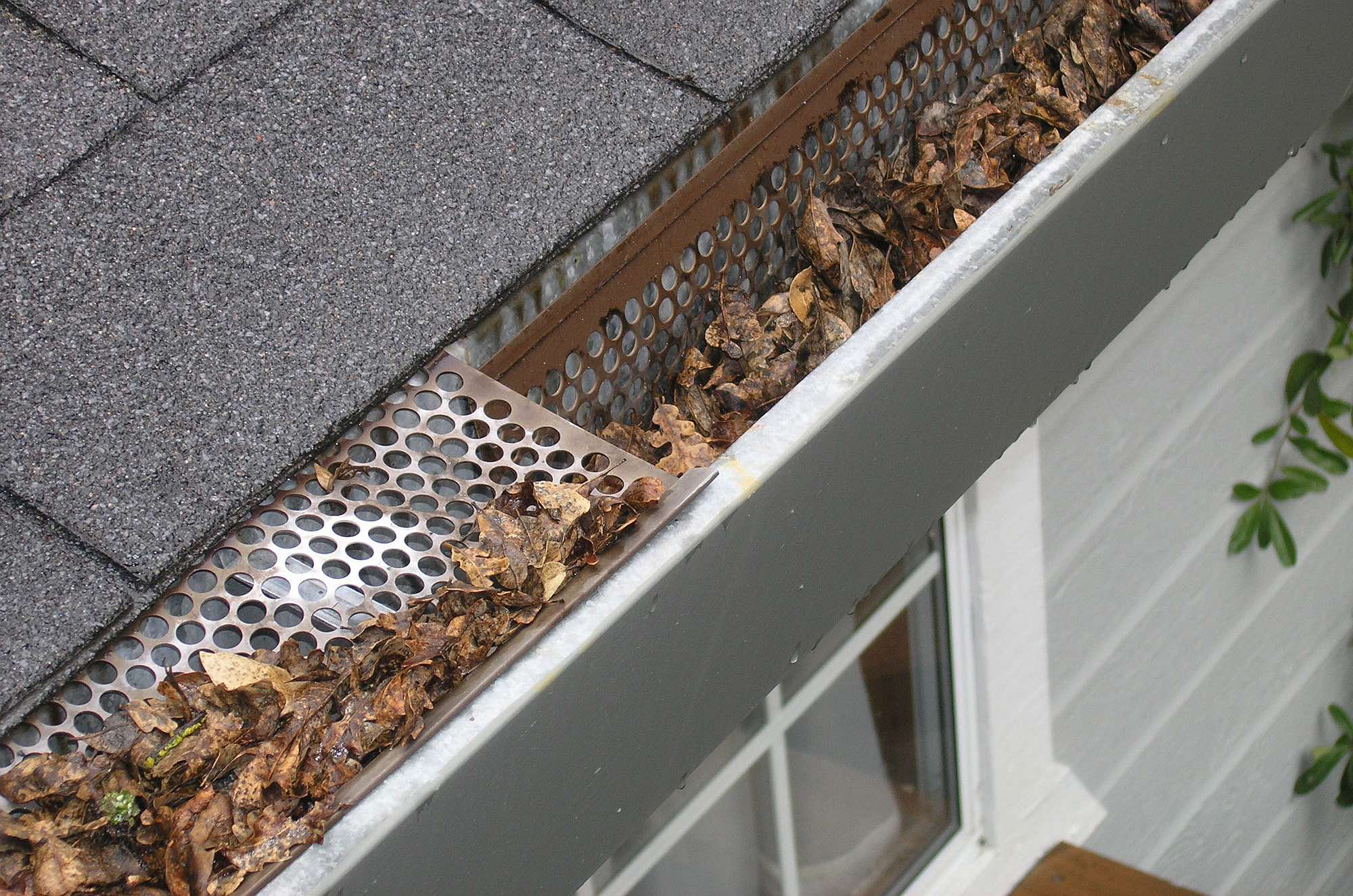Often overlooked insulation projects with substantial savings
Small spaces need insulation and are often missed or under-insulated. New products on the market make it easy and inexpensive to seal your home from drafts and air leaks, making it warmer in winter and easier to cool in summer.
Crawlspaces
These cramped spaces are easy to forget. After all, who wants to work in a space that is dirty and difficult to work in? A crawlspace may be a generous four feet but it can be 18″, too low for a big worker. The cladding above the joists is most likely the floor sheathing. Without insulation, the floors may be cold in the winter causing heating loss and higher expenses. Find a good sprayfoam operator and let them insulate and vapour-barrier the entire floor system in a couple of hours. You might qualify for a rebate from the provincial or federal governments. Tip: Hang strips of plastic tape where important utility connections are made to make troubleshooting faster and easier.
Rim joists
This is the area where the basement walls meet the floor joists. They’re notoriously difficult to seal and insulate properly. Have a look in your basement: You might see fibreglass insulation stuffed into the cavity or maybe nothing at all. Sprayfoam is perfect for these tight areas because it forms a tight seal in irregular cavities. Sprayfoam is also microbacterial so mold and mildew has a difficult time getting established – perfect for humid basements.
Empty walls in character homes
Older homes are wonderful spaces with details that aren’t found in modern dwellings. If your older home feels drafty or is difficult to heat in the coldest months, you may want to inspect the walls for insulation. Often, century houses didn’t have insulation or a vapour barrier: just plaster and lathe attached directly to the studs. Spray foam is an efficient way to fill wall cavities with new insulation and increase the R-value from single digits to R-25 or higher. A few holes in the interior walls allow the contractor to insert a hose that fills every space within the walls between the studs.
Sound insulation
Many homes have basement suites for additional income. If you’re considering a mortgage helper, spray foam insulation in the interior walls and between floors can dramatically reduce sound transmission, especially when combined with traditional methods like mass loaded vinyl sheet and vibration channels. A well insulated suite is not only more comfortable but the extra sound-proofing will be appreciated by a tenant.
Ductwork
Insulated ducts prevent heat loss through the sheet metal. When the furnace comes on, the warm air travels through the ductwork to the different rooms in the house. As it moves through the network, the thin metal easily conducts heat to the spaces between the walls, in the attic, and in the crawlspace. The furnace may blow cool air through the vents for several minutes before warming up. This delay can be shortened considerably by insulating ducts with a reflective foil and batting product that keeps the heat inside.
September is the month to prepare your home for winter. Don’t delay – start today!
Inspiration for this blog post Small Spaces Need Insulation was provided by BobVila.com
Merrilee Tognela’s Real Estate Blog
Port Hardy real estate listings





